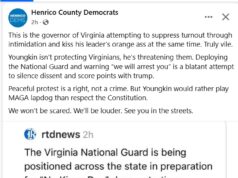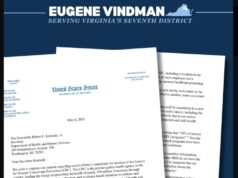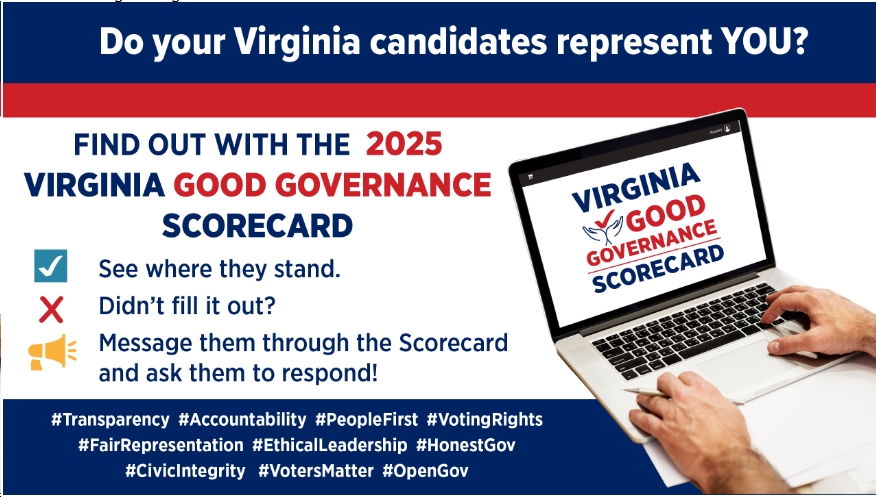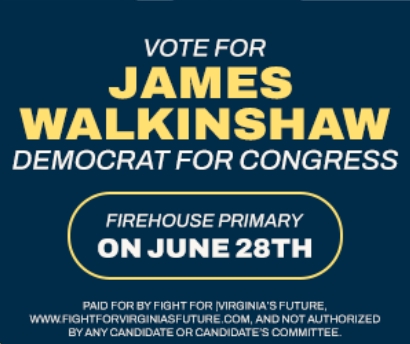by Jim McCarthy
In the 2017 elections in Virginia for its lower house, Democrats outpolled Republicans 53 to 43% by a margin of 231,000 votes but secured only 50 of 100 seats at stake. In similar fashion, the Wisconsin case now before SCOTUS involved the 2012 lower house elections where the Republicans scored 48.1% of the vote but won 61% of the seats. In both instances, gerrymandered districts contribute to the inequitable outcome where the vote of one person in some districts is more effective by more than 10 points. This is precisely the issue before SCOTUS: where partisan boundaries are so extreme as to violate the one person, one vote principle protected by the Equal Protection clause of the Constitution.
In the 2016 Presidential election, the Democrat outpolled the Republican by 2.869 million popular votes, but lost the office by 75 Electoral College votes due to a structural “gerrymander” in the Constitution. An examination of 5 states [WI, MI, FL, and PA] reflects that these jurisdictions have about 48.767 million in population with 75 electoral votes equivalent to 650,236 per elector. About 22.376 million in these states participated in the 2016 election with the Republican taking all 75 electoral votes by a margin of 190,655 or less than 1% of the votes cast.
Another five states [WY, SD, ND, MT, and AK] with a population total of 3.976 million and 15 electoral votes equivalent to 265,090 for each elector favored the Republican by a 498,177 vote margin. However, the margin in popular votes for all 9 states – 688,832 – for their 90 electoral votes did not exceed that of the Democrat nationally.
The US Constitution guarantees each state a minimum of 3 electoral votes based upon the number of US Senators and members of the House of Representatives. Nationally and in total, there are 538 electors for a population of approximately 325 million or about 604,000 per elector compared to that of the five less populous states of 265,000 per elector or a weighted vote of greater than 2 to 1. The resulting outcomes in state gerrymandering and that of the Constitutional structure create an anomaly whereby one person, one vote is violated, potentially twice in national elections when there are concurrent state and local campaigns.
Aside from those who might argue for “federalism” as a defense to majority rule or cite fear of “tyranny of the majority”, the nation’s civic culture has withstood such philosophical criticism and demonstrated that the fact of majority does not foreclose respect and consideration for the opinion, views, or policies of the minority in any circumstance. The arc of democratic progress and democratic participation in the United States further demonstrates that the broader the voting franchise, the better and stronger our national will emerges and is expressed. This proposition has been evidenced by the post-Civil War amendments; women’s suffrage; the 18-year-old vote and subsequent national legislation for enhanced voting rights. The distortion of equitable voting principles by gerrymandering need not be accepted.
Whatever the decision of SCOTUS in the Wisconsin case, Virginia has the opportunity to remove the drawing of voting boundaries from partisan politics through legislative approval of an independent commission. In addition, the Commonwealth could participate in the National Popular Vote Initiative [NPVI}* to include its 13 electoral votes to be cast in favor of the candidate who secures the most popular votes in all 50 states and the DC thereby negating the structural dissonance in the Constitutional allocation of electors. Legislation has been introduced in the Virginia House of Delegates for this purpose since 2009, the last in 2017 [HB 1482].
Affirmative action on an independent commission certainly would promote competition between the major political parties to the benefit of voters. Participation in the NPVI advances the Commonwealth’s celebration of 400 years of democratic evolution and promotes competition for voter attention for its electors while affirming the ideal of one person, one vote.
*For background explanation of and information on NPVI as well as an opportunity to have your state representatives contacted visit the site: www.nationalpopularvote.com


 Sign up for the Blue Virginia breaking news newsletter
Sign up for the Blue Virginia breaking news newsletter











